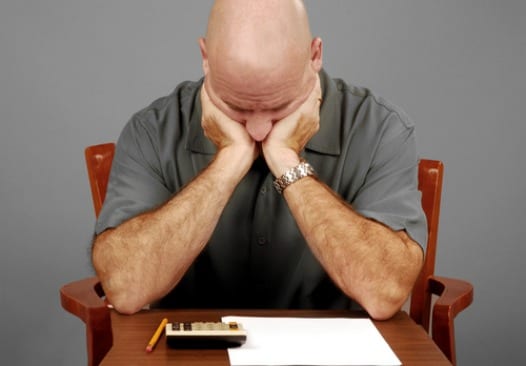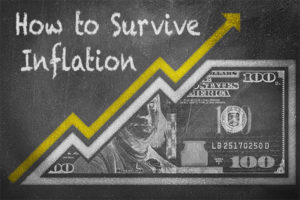Nearly Half of Americans Don’t Have Enough Savings to Last 3 Months
Nearly half of Americans do not have the financial resources to survive for three months if they lose a job or can’t work because of injury.
That’s the conclusion of a study done by the Corporation for Economic Development (CFED), and it’s troubling news for American families.
According to CFED, 44 percent of Americans – about 132 million people – are “liquid asset poor,” which CFED defines as unable to cover basic expenses like food, shelter and utilities for three months if they lost income from a job.
In other words, they have not prepared a safety net of savings or easily liquidated assets to hold them over in a time of financial crisis.
“Most people are shocked by these numbers,” CFED Director of Communications Kristin Lawton told Debt.org. “I think we’ve all thought about what would happen if an emergency hit home, and as we’ve seen in this study, many are not prepared.”
Credit Cards are No. 1 Problem
While many “liquid asset poor” Americans already are living near or below the poverty line, a surprising number of middle-class families also fall into this category. About 25 percent of families earning between $55,000 and $90,000 a year do not have enough in savings to tide them over for three months. In fact, 30 percent of families do not have a savings account at all.
Credit card debt is the No. 1 reason individuals can’t put money aside in savings. The average borrower in the United States carries $10,736 in credit card debt. When broken down by state, credit card debt ranges from $15,028 at the top end in Connecticut, to $10,775 in the middle in Pennsylvania, to $5,865 at the low end in North Dakota.
Most of those in trouble with their credit cards do not qualify for short-term credit at “prime” rates, forcing them to use predatory or high-cost financial services to get immediate access to money.
“Without those savings, few families will be able to invest in a more economically secure future, including buying a home, saving for their children’s college educations or building a retirement nest egg,” Andrea Levere, president of CFED, said in a statement.
The CFED study says that minorities are doing far worse than whites in maintaining financial security. The report says that households of color (defined as black or African-American; Asian; Hispanic or Latino; or other races) are almost twice as likely (62.6 percent to 34.8 percent) to fall in the liquid asset poor category as white, non-Hispanic households. Homeownership is much more common for whites than for households of color (72 vs. 46.2).
South Region is the Poorest
The CFED study was done nationwide and the results were broken down by state, in most categories. Some state-by-state statistics of interest include:
- Of the 11 states ranking the lowest in assets and opportunities, eight form a block in the South: Arkansas, Tennessee, North Carolina, Mississippi, Alabama, Georgia, South Carolina and Florida. The other three are Nevada, Arizona and New Mexico.
- Washington, D.C., has the highest percentage of households with zero or negative worth, at 26.8 percent. Nevada is next, at 25.1 percent. Wyoming is the lowest, at 11.1 percent.
- The number of employers offering health insurance dropped in 39 states.
- Texas has the highest rate of uninsured, low-income parents, at about 55 percent.
- In 37 states, less than 50 percent of employees are saving for retirement.
“There needs to be both a personal safety net and a public safety net in place to catch families if and when a crisis strikes,” Lawton said. “Governments need to prioritize policies that help families address their own household financial deficits. Policies that give working families access to proven tools that can help them boost income, reduce debt and save for short- and long-term goals will do more than any other strategy to help build the balance sheet of this country from the ground up.”
Sources:
- Geiling, E. (2013, January 31). 2013 Scorecard. Corporation of Enterprise Development. Webinar retrieved from http://cfed.org/blog/inclusiveeconomy/recording_of_2013_scorecard_release_webinar/


















